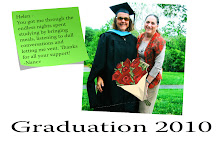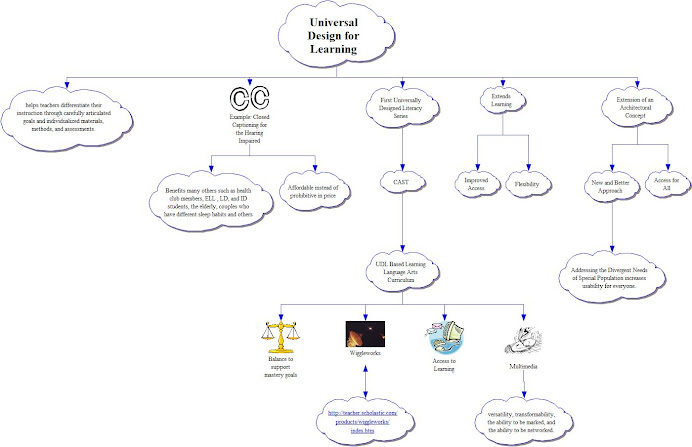Sunday, February 22, 2009
"Added Value"
The techniques we have been learning about this semester in MD 400 definitely have "added Value" in that they offer ways to do things that would not otherwise be possible. Sharing here in this blog is one example of how to expand the potential forum to include anyone who has a computer, rather than restricting access to just the professor, or a few people in a class. This absolutely goes along with the idea of Universal Design for Learning because it is more easily accessible. Some of the components embedded in our digital imagery manipulation for the website we are working on - such as naming our saved images (using alternate text) so that they may be understood by the visually impaired using voice technology in place of read only also broaden the horizons for sharing information with people of all learning styles.
Subscribe to:
Post Comments (Atom)



Right - with technology we can do things that can't be done otherwise. What are some of the other ways that technology makes learning accessible?
ReplyDeleteTechnology makes learning accessible in that it offers synchronous/asynchronous communication for students whose schedules are filled during business hours or otherwise. Collaboration can happen "Whenever, whereever, whatever".
ReplyDeleteStudents with disbilities or differences may find accessing computers difficult for varying reasons. Visually impaired students may find the text/graphics overwhelming. Enlarged screens may be helpful. Blind students may find electronic text, audiotaped books, Braille printouts, aural descriptions helpful.
ReplyDeleteI have seen a blind student using adaptive technology at our local community college successfully, and have observed deaf students using webcams and closed captioning as well as sign language to learn.
People who are limited socially due to autism or other disabilities may find chat rooms, instant messaging and blogging more non-threatening/feasible for social networking. I have known a young man who was able to maintain friendships online, despite socially inappropriate behaviors, which became his world.
These examples go back to Universal Design for Learning, in which all aspects of students' problems should be addressed in setting up the learning environment.
Right - and the idea of UDL is that not only can it help students with disabilities, but is beneficial for all learners.
ReplyDelete